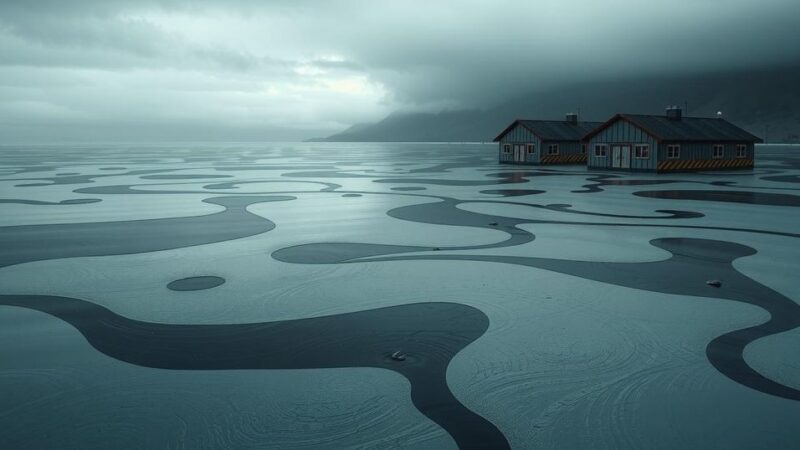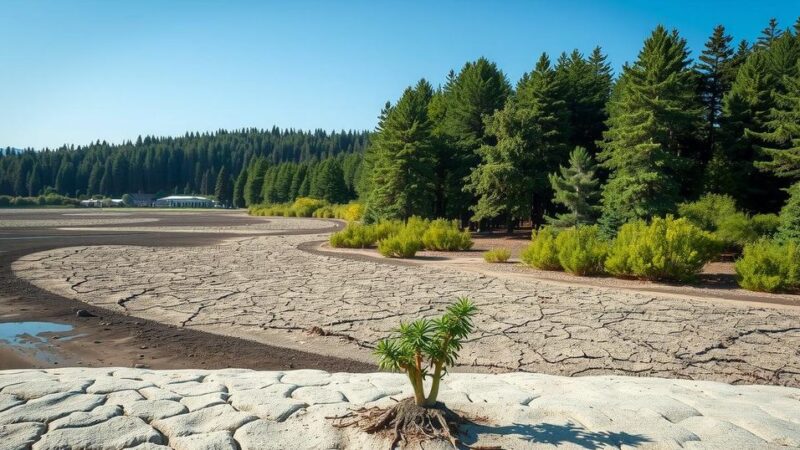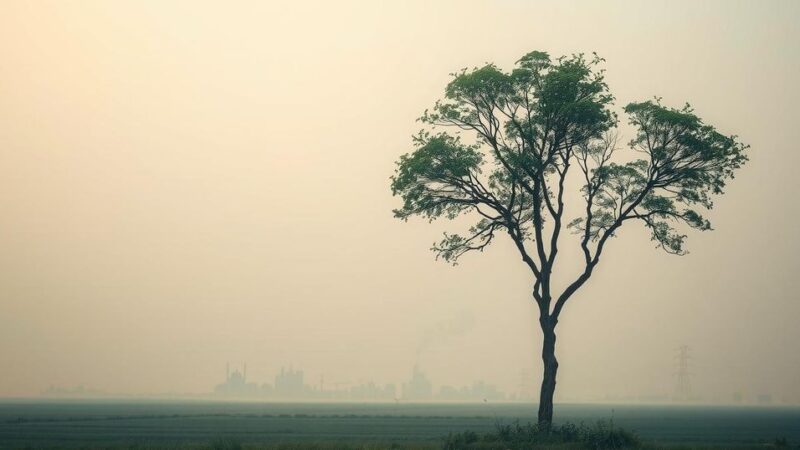Etienne Charles will present “Earth Tones,” a multimedia jazz performance addressing climate change, at the Lydia Mendelssohn Theatre in Ann Arbor on January 17 and 18. The performance aims to evoke emotional responses through a combination of live music and visuals from areas affected by climate change. As a fusion of music and storytelling, it seeks to make climate change feel more immediate and real to audiences, reflecting the dualities of its impact and highlighting the need for action.
Etienne Charles, a jazz trumpeter and composer, is set to present a groundbreaking multimedia performance titled “Earth Tones,” focused on the pressing issue of climate change. The event will take place at the Lydia Mendelssohn Theatre in Ann Arbor on January 17 and 18, at 7:30 p.m., under the auspices of the University Musical Society (UMS). This performance seeks to immerse audiences in a blend of live music, compelling narratives, and impactful visuals drawn from regions severely affected by climate change, including the Maldives and the Louisiana bayou.
The aim of “Earth Tones” is to evoke emotional responses from the audience, rather than simply offering understanding of the complex and often abstract concept of climate change. As Mr. Charles poignantly notes, “the combination of the music, the stories, and the visuals is to really make people feel — and not to understand — what climate change really is.”
Accompanying Charles are seven other talented musicians, who will transport the audience through various scenarios depicting the real effects of climate change, its causes, and potential solutions. Charles believes that this immersive experience is essential in helping audiences connect with an issue that may feel distant to those who have not witnessed its consequences first-hand.
Charles emphasizes the evolving attention spans of contemporary audiences, stating, “People won’t look at something for more than a few seconds before they are interested in something changing.” He believes that the multimedia approach of the performance captures the audience’s attention, drawing them into the music and the world portrayed on screen, turning the stage into an interactive experience.
Having grown up in Trinidad, Charles perceives music as an integral part of broader cultural experiences. He recalls, “Music was a part of something else, whether it was Carnival or church or Christmas or [a] funeral or wedding or celebration.” Throughout his career, he has consistently sought to enhance music through complementary artistic mediums, pushing the boundaries of jazz as a form of expression.
The composition of “Earth Tones” arises from the natural elements of sound, as Charles made a conscious choice to feature instruments crafted from natural materials. He aims to explore the sounds that can be produced from these organic instruments, emphasizing the connection between the music and the earth. He observes that through this work, audiences will experience the tonal qualities of what can be created from elements such as wood, stone, and goatskin.
Ultimately, “Earth Tones” endeavors to reflect the dual nature of climate change, highlighting both the positive and negative aspects while portraying the uncertainty of the future drastically contingent upon human actions. The performance promises to offer a unique perspective on an urgent global issue through the innovative lens of jazz music.
The article discusses an upcoming multimedia jazz performance by Etienne Charles, focusing on climate change. The performance aims to engage the audience through music, storytelling, and visuals from regions impacted by environmental changes. Charles combines his musical expertise with the relevance of climate issues, leveraging the power of jazz to evoke emotional responses while addressing a significant and pressing contemporary issue. His background and perspective on music inform the thematic depth of “Earth Tones,” positioning it as a cultural commentary on climate reality.
In summary, Etienne Charles’s “Earth Tones” is poised to be an impactful multimedia performance that seeks to awaken a profound emotional understanding of climate change. By blending music with visual storytelling, Charles aims to connect audiences to the realities of environmental degradation and foster a deeper awareness of both the consequences and potential solutions. This innovative approach to jazz exemplifies the genre’s capacity to address critical global challenges through artistic expression.
Original Source: www.secondwavemedia.com






